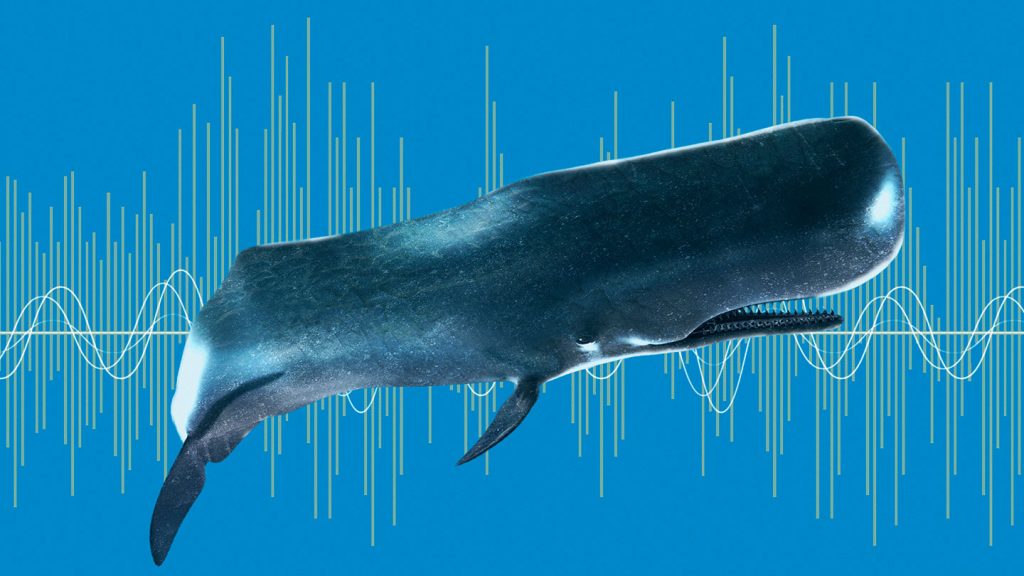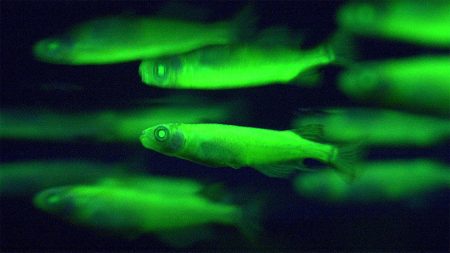A recent study carried out by researchers at Duke University Marine Lab in Beaufort, N.C., has revealed a concerning downside to the echolocation capabilities of deep-diving whales. Whales emit sounds that bounce off objects in their surroundings, allowing them to navigate and hunt in the ocean’s dark abyss. However, the study found that when plastic debris is hit by similar frequencies to those used by whales, the echoes returned by the plastic could trick whales like sperm, beaked, and other deep-diving species into mistakenly eating the deadly garbage. This discovery sheds light on a potential threat that plastic pollution poses to these magnificent marine creatures.
Marine ecologist Matthew Savoca from Stanford University points out that deep-diving whales are particularly prone to ingesting large amounts of plastic compared to other whale species. The reason for this increased risk is believed to be a possible confusion caused by the similar acoustics of plastic objects to those of their prey. Ingesting plastic can have severe health consequences for whales, as it can block their digestive system and prevent them from consuming actual food. Therefore, understanding how whales interact with plastic debris could be crucial in protecting these animals from harm.
In their experiments, biologist Greg Merrill and his team tested the echo strength of various plastic junk items found in the sea, along with squid beaks and prey items, using sounds at different frequencies commonly used by echolocating whales. The results showed that the echoes returned by the plastic items were often as strong or sometimes even stronger than those from the prey items. This similarity in acoustic signals could make it challenging for whales to differentiate between plastic debris and actual prey, potentially leading to harmful ingestion of plastic.
These findings align with previous research presented by marine biologist Laura Redaelli and her team, highlighting the overlap in echo strengths between natural prey and plastic items commonly ingested by deep-diving whales. Redaelli emphasizes the importance of these results in advocating for changes in plastic pollution policies, possibly affecting the composition of plastics to prevent them from being acoustically mistaken for natural prey. This shift in policy could help mitigate the dangers that plastic pollution poses to marine life, particularly deep-diviving whales.
The sudden introduction of plastic garbage into the habitat of deep-diving whales, a relatively recent phenomenon, raises concerns about the long-term impacts on these animals. Savoca suggests that future research could focus on whether whales can learn to avoid plastic through individual learning or cultural transmission. Understanding how whales adapt to the presence of plastic debris in their environment will be essential in developing strategies to minimize the threats posed by plastic pollution and safeguard the well-being of these important marine species. By addressing the acoustic challenges posed by plastic debris in the ocean, there is hope for mitigating the risks faced by deep-diving whales and preserving their natural habitats.















